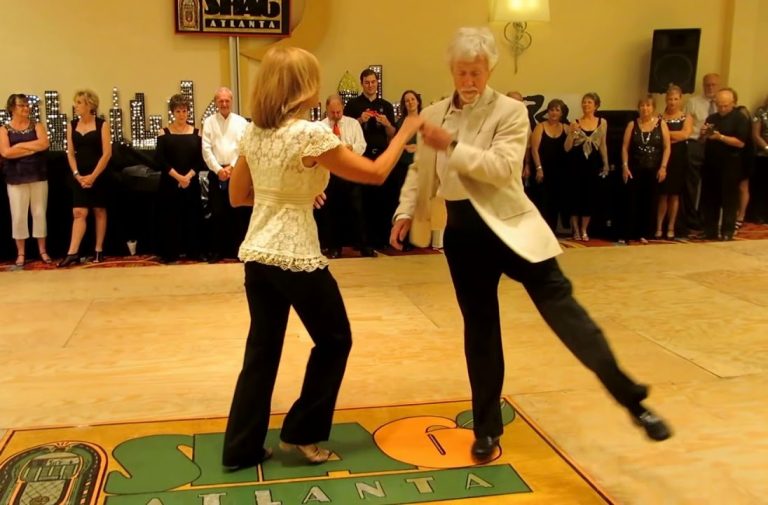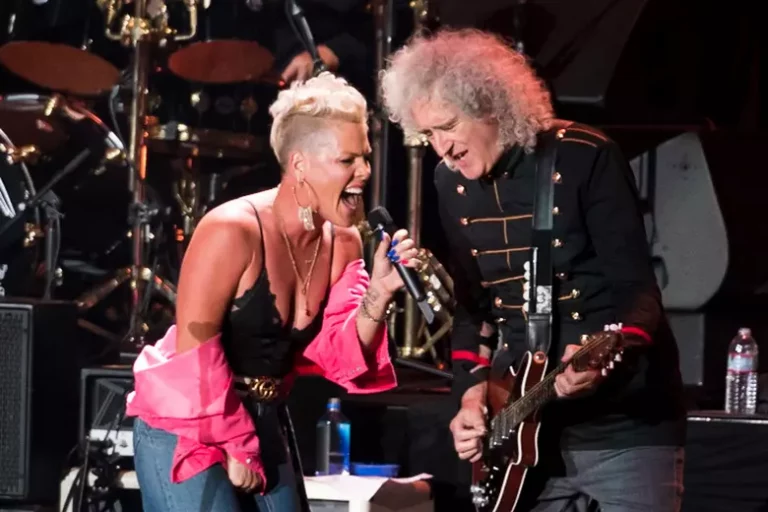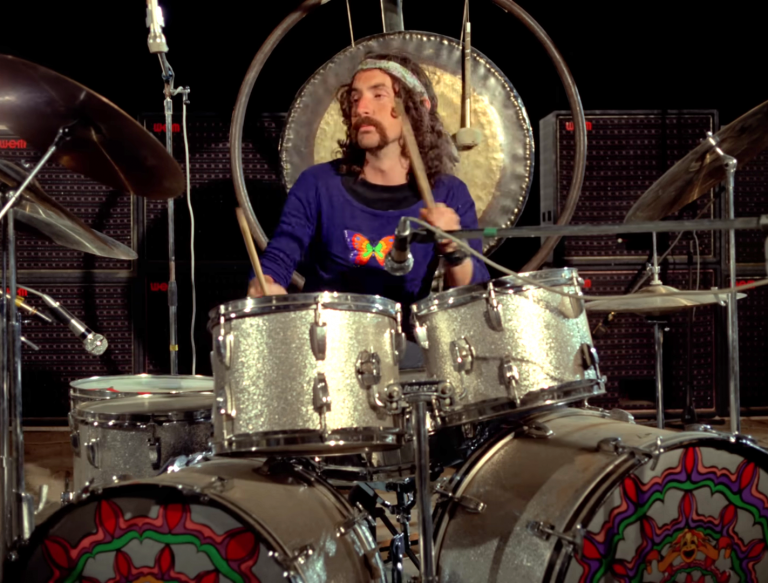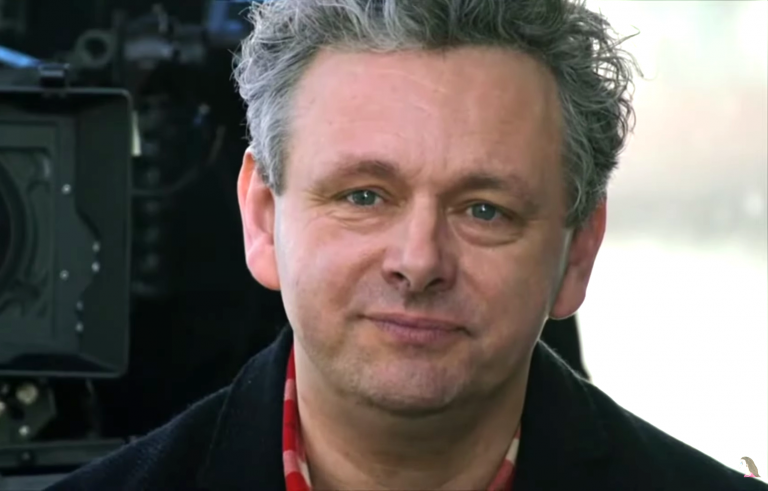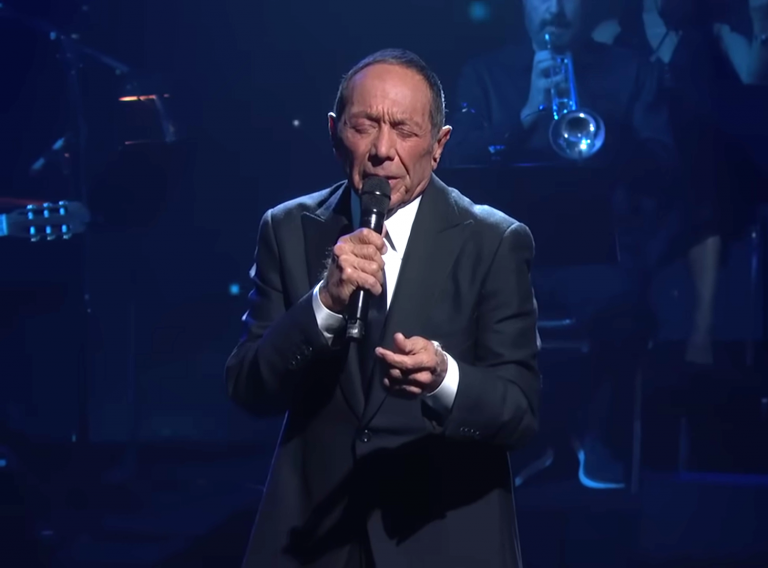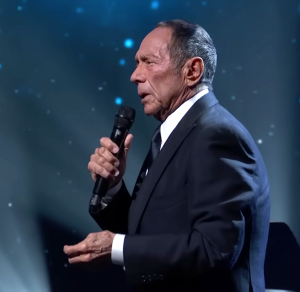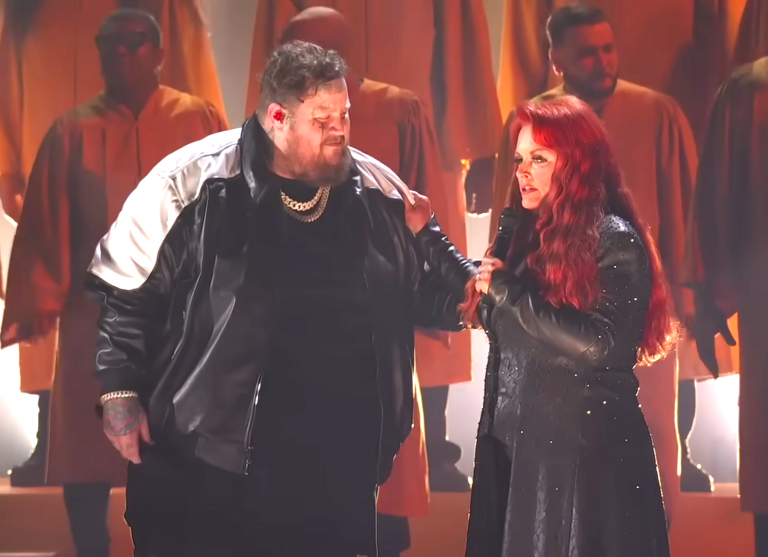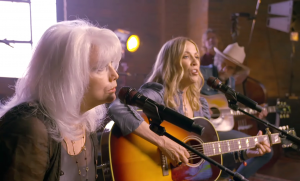Jackie McGee and Charlie Womble delivered a truly special moment on July 13, 2013, when they stepped onto the dance floor for a spotlight performance that reminded everyone why they’re considered icons in the world of shag dancing. Known for their smooth style, perfect timing, and effortless partnership, the duo brought both elegance and excitement to the stage.
From the first beat, their chemistry was impossible to miss. Charlie’s steady footwork and Jackie’s graceful movements blended together like a perfect conversation in motion. Every turn, spin, and slide felt natural, as if the music was guiding them rather than the other way around. The audience watched in awe as the pair moved with a confidence shaped by decades of experience.
What made this performance especially memorable was the joy they radiated. Jackie’s bright expression and Charlie’s calm, focused presence created a beautiful balance that kept all eyes on them. It wasn’t just a dance—it was a celebration of skill, partnership, and pure love for the art.
Their spotlight moment on that July evening became one of those performances people still talk about, a reminder of how captivating dance can be when talent and passion come together.
Jackie McGee and Charlie Womble have long been known as one of the most iconic dance partnerships in the world of Carolina Shag, and their spotlight dance on July 13, 2013, proved exactly why. That same spirit and elegance were also seen in their unforgettable exhibition performances at Hilton Head, where they continued to inspire dancers of every age.
At Hilton Head, Jackie and Charlie brought the true heart of Carolina Shag to life. Their exhibitions were more than just routines—they were masterclasses in rhythm, timing, and effortless style. Dancers and spectators gathered around them, knowing they were about to witness something special. Each performance showed the unique magic of their partnership: Charlie’s smooth, classic footwork paired perfectly with Jackie’s graceful spins and light, floating movement.
Both dancers are legends in the shag community. Charlie Womble is widely respected for his precision, natural timing, and calm presence on the floor, while Jackie McGee is admired for her expressive style and ability to make even the most complex moves look easy. Together, they have won countless competitions and taught hundreds of dancers, helping keep the Carolina Shag tradition alive for new generations.
At Hilton Head, their chemistry shined even brighter. They danced with the confidence of seasoned champions and the joy of two people who truly love the music. Their exhibitions were often met with loud applause, cheers, and standing ovations because they didn’t just perform—they connected with everyone in the room.
Whether at a spotlight dance in 2013 or a beautifully staged exhibition at Hilton Head, Jackie McGee and Charlie Womble always bring the same energy: smooth, soulful, and full of heart. Their performances continue to be a beloved part of Carolina Shag history and a source of inspiration for anyone who steps onto the dance floor.

